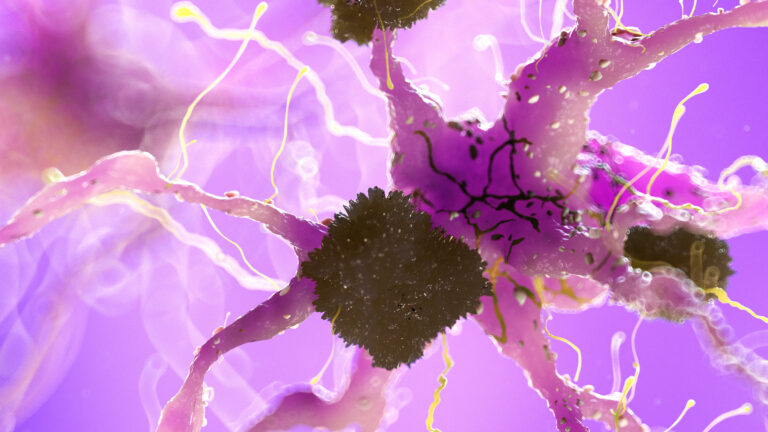Magnetic Resonance Imaging (MRI) can indeed reveal brain changes associated with certain vitamin deficiencies, particularly those involving vitamins critical to nervous system health such as vitamin B12 and thiamine (vitamin B1). These deficiencies can cause structural and functional alterations in the brain and spinal cord that are sometimes visible on MRI scans.
Vitamin B12 deficiency is well-known for causing neurological problems due to its role in myelin synthesis—the protective sheath around nerves. One classic condition linked to severe B12 deficiency is subacute combined degeneration of the spinal cord. On MRI, this condition often shows up as symmetrical high signal intensity on T2-weighted images within the dorsal columns of the spinal cord, sometimes described as an inverted “V” shape. This reflects damage or demyelination in these areas. In some cases, there may also be involvement of lateral corticospinal tracts or cerebral white matter changes visible on brain MRI scans. Importantly, these abnormalities tend to improve or resolve after appropriate vitamin B12 supplementation.
Thiamine deficiency causes Wernicke encephalopathy, a serious neurological disorder often seen in malnourished individuals or those with chronic alcoholism. While classic MRI findings include lesions in specific brain regions like the mammillary bodies and periventricular areas around the third ventricle, more unusual findings such as enhancement of nerve roots in the cauda equina have also been reported. This suggests that thiamine deficiency can affect both central and peripheral nervous systems with detectable imaging changes.
Beyond these specific syndromes, subtle brain changes related to less severe but chronic vitamin deficiencies may also be detected by advanced MRI techniques. For example, lower active vitamin B12 levels have been associated with increased white matter hyperintensities—small areas appearing brighter on certain MRI sequences—which indicate microvascular damage or demyelination within the brain’s white matter tracts. Such changes correlate with slower cognitive processing speeds and impaired nerve signaling even when blood levels remain within normal ranges but are low-normal for active forms of vitamins.
Other vitamins involved indirectly through metabolic pathways might influence brain iron accumulation detectable by specialized MRI methods sensitive to iron content; elevated iron has been linked to cognitive decline though this is not a direct marker of simple dietary deficiency but rather complex metabolic dysregulation.
In clinical practice, while routine MRIs are not typically used solely for diagnosing vitamin deficiencies because blood tests remain primary diagnostic tools, they provide valuable information about neurological complications caused by prolonged deficits when symptoms arise. The presence of characteristic imaging patterns helps confirm diagnosis especially when clinical signs overlap with other neurodegenerative diseases.
Treatment aimed at correcting these deficiencies usually leads to improvement both clinically and radiologically if started early enough before irreversible damage occurs. Thus MRIs serve not only as diagnostic aids but also help monitor response after supplementation therapy.
In summary:
– **Vitamin B12 deficiency** can cause distinctive spinal cord lesions visible on T2-weighted MRIs along dorsal columns plus possible cerebral white matter abnormalities.
– **Thiamine (B1) deficiency** may show typical Wernicke encephalopathy lesions plus rare nerve root enhancements.
– Chronic low levels of active vitamins might manifest subtly as increased white matter hyperintensities correlating with cognitive slowing.
– Advanced imaging techniques can detect related metabolic disturbances affecting iron deposition.
– Early detection via imaging combined with biochemical testing improves outcomes through timely treatment intervention.
MRI thus plays an important role revealing structural consequences of certain vitamin deficiencies impacting nervous system integrity beyond what blood tests alone show—helping clinicians understand severity and guide management effectively while illustrating how essential adequate nutrition is for maintaining healthy brain function over time.





